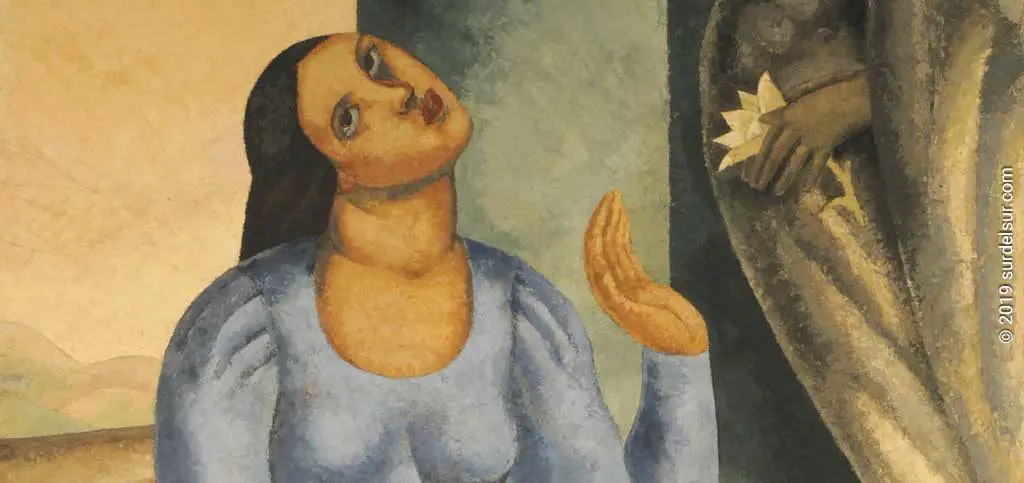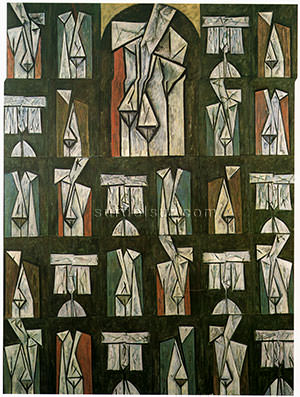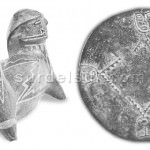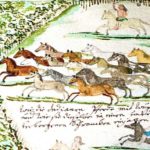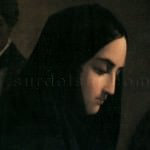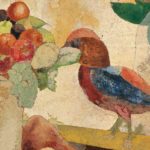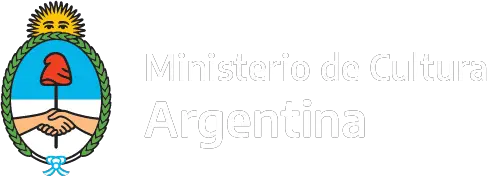Historiography of Argentine art coincides in naming Argentina painting since 1920, as the period when the modernization of the Argentine pictorial language took place.
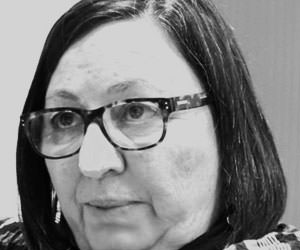
Article of the guest columnist for surdelsur.com
Evolution of Argentina painting since 1920
After 1920 begins the modernization of the plastic arts language in Argentina. Several events support this view: Emilio Pettoruti, the Paris Group (París Group) and Alfredo Guttero returned from Paris. Xul Solar, the Artistas del Pueblo (Artists of the People), Grupo de La Boca (La Boca Group) and other individualities were active in the first half of the 20th century
From different formal and ideological angles -the artists returning to the country knew the language of European avant-garde-, the dominant taste and its arbiters, the official agencies, were contested. Friends of Art, an organization which sheltered new trends, was created.
The Argentine painter Guttero was the binding figure for young artists and the New Salon was organized. By that time, magazines like Prisma, Martín Fierro, Inicial, Plus Ultra, Claridad and Campana de Palo reflected the effervescence in the cultural field.
In this period, there was a tense sharing of the same space of works by Fernando Fader (1882-1935) Argentine painter and draftsman born in France, and Pío Collivadino (Buenos Aires 1869-1945), which carried the traditional language, and works by young artists where the presence of modern fine arts (with greater or lesser success) can be traced.
20th Century Argentine Painters and the new trends that modernized the visual art language in Argentina
Below we add more information on Argentine painters and trends in the plastic arts after 1920, along with examples of works, mentioned in this report.
Pío Collivadino (1869-1945)
Argentine painter, engraver and set designer, Pio Collivadino, uses traditional visual language. His work reflects the urban landscape and the people of the city of Buenos Aires. He finds inspiration in the port scenes, skyscrapers and streets, industrial buildings, power plants, bridge, the slums and the people of the metropolis.
Some examples of the work: La Hora del Almuerzo (1903 – Lunch time), El Riachuelo (1916 – The creek).
Alfredo Guttero (1882-1932)
Argentine painter born in Buenos Aires, he obtained in 1904 a scholarship for a year to study in France, however he returned to Argentina twenty-three years later, in September 1927. His work is captured with different techniques such as oils and baked plaster. He also deals with different themes: portraits, nudes, allegorical compositions, urban landscapes and religious themes. Guttero was the Argentine visual artist who best captured modernism in his works.
Some examples of his paintings: Mujeres indolentes (1927 – Indolent Women), Retrato de José André (1927- Portrait of José André), Anunciación (1928 – Annunciation ), Cristo Muerto (1931 Dead Christ ) y Naturaleza Muerta (Still Life), posthumous work.
Emilio Pettoruti (1892-1971)
He was an Argentine painter borned in La Plata, province of Buenos Aires. Arriving in Italy in 1913 with a modest scholarship, he ascribes to the innovations of Italian futurism, cubism, geometric abstraction and the renewal of contemporary art. He returns to Buenos Aires in 1924 along with Xul Solar.
Some examples of his work: Autorretrato (1918 – Self-Portrait), Arlequín (1928 – Harlequin), El hombre de la flor amarilla. El poeta Hidalgo (1932 – .The Man with the Yellow Flower. The poet Hidalgo), El Improvisador (1937 – The Improviser).
Xul Solar (1887-1963)
Xul Solar, Argentine painter son of immigrants, lived in Europe from 1912 to 1924. On this date he returned to Buenos Aires together with Pettoruti. He identifies with visual arts artists like Kandinsky and the German expressionist group Der blaue Reiter whom he meets in Turin. He coincides with surrealism and the work of Paul Klee. He shares with his friend Jorge Luis Borges his imaginary worlds.
Some examples of his paintings: Troncos (1919), Pupo (1920), Piai (1923), Proa (1925).
Grupo de París (Group of Paris)
Group of Paris was called to the Argentine fine arts artists resident in Paris, nucleated in Montparnasse, in the climate of the first post-war period. Horacio Butler, Héctor Basaldúa, Aquiles Badi, Raquel Forner, Alfredo Bigatti, Pedro Domínguez Neira, Antonio Berni, Lino E. Spilimbergo, Víctor Pissarro, Juan Del Prete and Alberto Morera were a group of young people united by bonds of friendship who shared their vision about modern art. They proposed a recovery of humanism by drawing on the classical order with a renewal of pictorial language. André Lhote, with his workshop, was the one who most influenced this young generation.
Some examples of the work: Bañista (1928 – Bather) Raquel Forner, Figuras (1937 – Figures) Lino E. Spilimbergo, Primeros pasos (1936 – First Steps) Antonio Berni, Siesta (1926 – Nap) Horacio Butler.
Artistas del Pueblo (Artists of the People)
The group formed by: Guillermo Facio Hebequer, Agustín Riganelli, José Arato, Abraham Vigo and Adolfo Bellocq was called the Artists of the People. They are all painters, except Riganelli who is a sculptor. They share his ideology of militant art, reflecting his social commitment to the working class from which they come. They use engraving and illustration as forms of artisanal expression without sacrificing “substance to form” and question the academicism of the arts. It is not a closed group, it maintains a close relationship with other artists such as Quinquela or Juan de Dios Filiberto and with the “Boedo group”.
Some examples of the work: El conventillo (El velorio) (1930 – The Tenement – The Wake) Guillermo Facio Hebequer, Martín Fierro 1 Parte (canto XIII) (Martin Fierro – Part 1- song XIII) Adolfo Bellocq, El Agitador, serie: ‘Los Oradores’ (1933 – The Agitator, series: ‘The Speakers’) Abraham Vigo.
Grupo de La Boca (La Boca Group)
With Argentine painters such as Víctor Cúnsolo, Samuel Mallo López, Fortunato Lacámera, Alfredo Lazzari, Tito Gando, Benito Quinquela Martín and Miguel Carlos Victorica, the group develops a theme linked to the Italian immigration trend. The port, the work, the neighborhood and its inhabitants are reflected in the group’s paintings of the emblematic neighborhood of La Boca.
Some examples of the work: Riachuelo o Regreso de la pesca, Hundimiento del Santos Vega (1946 – Creek or Return from Fishing, Sinking of the Santos Vega) Benito Quinquela Martín, La vuelta de Rocha (1929 – Rocha Curve) Víctor Cúnsolo, Desde mi estudio (1938 – From My Studio) Fortunato Lacámera, Cocina bohemia (1941 – Bohemian Cuisine) Miguel Carlos Victorica.
Conclusion
From then on, it is impossible to make up a list of plastic art artists and groups enriching the Argentina painting since 1920 without making an unfair omission; every trend and every search were present.
We will mention some landmarks, which marked significant moments for contemporary art:
In 1944, the Arturo magazine, a manifesto for concrete art, is published. In 1951, the Bonino Gallery, whose performance went beyond the frontiers of the country, is created.
In 1948, the Ver y Estimar magazine is published by critic Jorge Romero Brest, who in 1956 was appointed Curator of the Museo Nacional de Bellas Artes (National Museum of Fine Arts) and later, in 1963, Director of the Visual Arts Center of the Di Tella Institute, becoming, through his multiple activities, the impeller of contemporary arts.
Consult the previous chapters of the report:
Pre-Hispanic Period Argentine Fine Arts’ History, Colonial Period Argentine Fine Arts’ History, Argentine Painting from Independence to the 1920
References:
All graphic material in this report is edited digitally. The customized version by surdelsur.com shown on this page is performed based on the following documents:
- Constantin, María Teresa (Art historian) [Images] Collection of images belonging to Museums and other sources, provided by the report author. Buenos Aires, Argentina.
Bibliography:
- Museum of Fine Arts, Digital Collection Arte del Siglo XX, (20th Century Art) Escuela Argentina
- Museum of Fine Arts, Alfredo Guttero Anunciación
- Academy of Fine Arts, Alfredo Hlito, Biography

